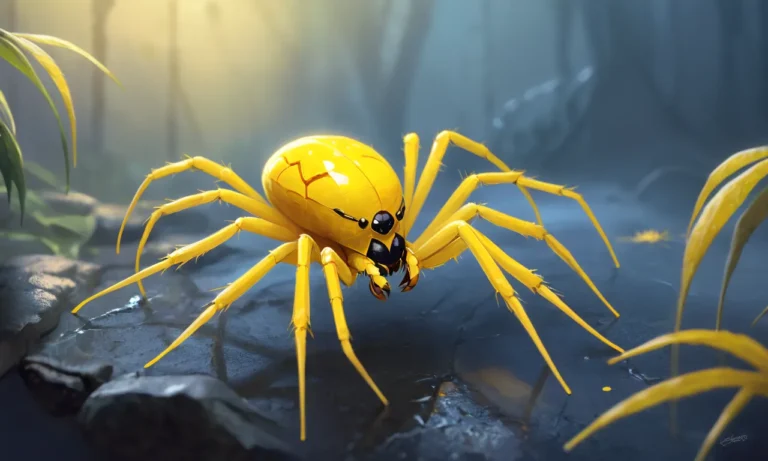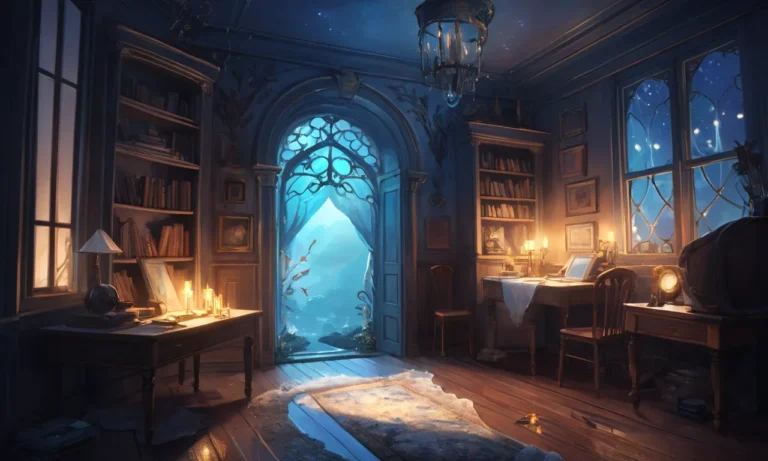The Ultimate Guide to Rollie Pollies

Introduction
Welcome to the fascinating world of rollie pollies! These small, segmented creatures, also known as pill bugs, wood lice, or Armadillidiidae, are a common sight in gardens, forests, and even our homes. Despite their prevalence, many people know little about these intriguing crustaceans. In this ultimate guide, we’ll dive deep into the world of rollie pollies, exploring their biology, behavior, and the important role they play in our ecosystems.
What are Rollie Pollies?
Rollie pollies are small, terrestrial crustaceans that belong to the family Armadillidiidae. They are not insects, but rather isopods, closely related to shrimp, crabs, and lobsters. These creatures are known for their ability to roll up into a tight ball when threatened, hence their common name “rollie pollies.”
Some interesting facts about rollie pollies include:
- They have seven pairs of legs
- They breathe through gills, despite living on land
- They are found on every continent except Antarctica
- They can live up to three years in the wild
Anatomy of a Rollie Pollie

Rollie pollies have a unique anatomy that sets them apart from other crustaceans. Their bodies are divided into three main sections: the head, thorax, and abdomen. The head contains two pairs of antennae, which they use to sense their environment, and a pair of compound eyes.
The thorax is composed of seven segments, each with its own pair of legs. These legs are used for walking and grasping food. The abdomen consists of six segments and contains the rollie pollie’s reproductive organs.
One of the most fascinating aspects of rollie pollie anatomy is their exoskeleton. This hard, protective covering is made of chitin and provides support and protection for their soft internal organs. As rollie pollies grow, they must shed their exoskeleton in a process called molting.
Behavior and Habitat
Rollie pollies are found in a variety of habitats, including forests, grasslands, and even urban areas. They prefer damp, dark environments and are often found under rocks, logs, or leaf litter. These creatures are nocturnal, meaning they are most active at night.
One of the most well-known behaviors of rollie pollies is their ability to roll up into a tight ball when threatened. This defensive mechanism protects their soft underside and makes them more difficult for predators to consume. Rollie pollies will also play dead when handled, another strategy to deter predators.
Rollie pollies are social creatures and are often found in large groups. They communicate with each other through a complex system of pheromones and have been observed engaging in social behaviors such as grooming and sharing food.
Diet and Ecological Role
Rollie pollies are detritivores, meaning they feed on dead and decaying organic matter. They play an important role in the decomposition process, breaking down dead plant and animal material and recycling nutrients back into the soil. This helps to maintain the health and fertility of the ecosystems in which they live.
In addition to their role as decomposers, rollie pollies also serve as a food source for many predators, including birds, reptiles, and small mammals. They are an important part of the food web and contribute to the overall biodiversity of their habitats.
Reproduction and Life Cycle
Rollie pollies have a unique reproductive system in which the male deposits sperm into the female’s marsupium, a pouch on her underside. The female then fertilizes her eggs internally and carries them in her marsupium until they hatch.
After hatching, the young rollie pollies, known as manca, remain in their mother’s marsupium for several weeks. During this time, they undergo several molts and gradually develop into miniature versions of the adults. Once they leave the marsupium, they continue to grow and molt until they reach maturity.
Interaction with Humans
Rollie pollies are generally considered beneficial to humans due to their role as decomposers. They help to break down organic matter in gardens and compost piles, improving soil health and fertility.
However, in some cases, rollie pollies can become a nuisance if they invade homes or damage crops. They are attracted to damp, dark environments and may enter homes through small cracks or gaps in the foundation. To prevent rollie pollie infestations, it is important to reduce moisture and seal off potential entry points.
Despite their occasional status as pests, rollie pollies are generally harmless to humans. They do not bite or sting and are not known to carry any diseases that can be transmitted to humans.
Fun Facts About Rollie Pollies
To conclude our ultimate guide, here are some fun facts about rollie pollies that you may not have known:
- Rollie pollies can drink through their anus! They have special structures called uropods that allow them to absorb water from damp soil.
- Some species of rollie pollies can glow in the dark. This bioluminescence is thought to be a form of communication or defense.
- Rollie pollies have been used in traditional medicine for centuries. In some cultures, they are believed to have anti-inflammatory and diuretic properties.
- The largest known species of rollie pollie, Bathynomus giganteus, can grow up to 2.5 feet long! Thankfully, this deep-sea dwelling creature is not found in our gardens.
We hope you’ve enjoyed this ultimate guide to rollie pollies. The next time you see one of these fascinating creatures, take a moment to appreciate their unique biology and the important role they play in our ecosystems.






